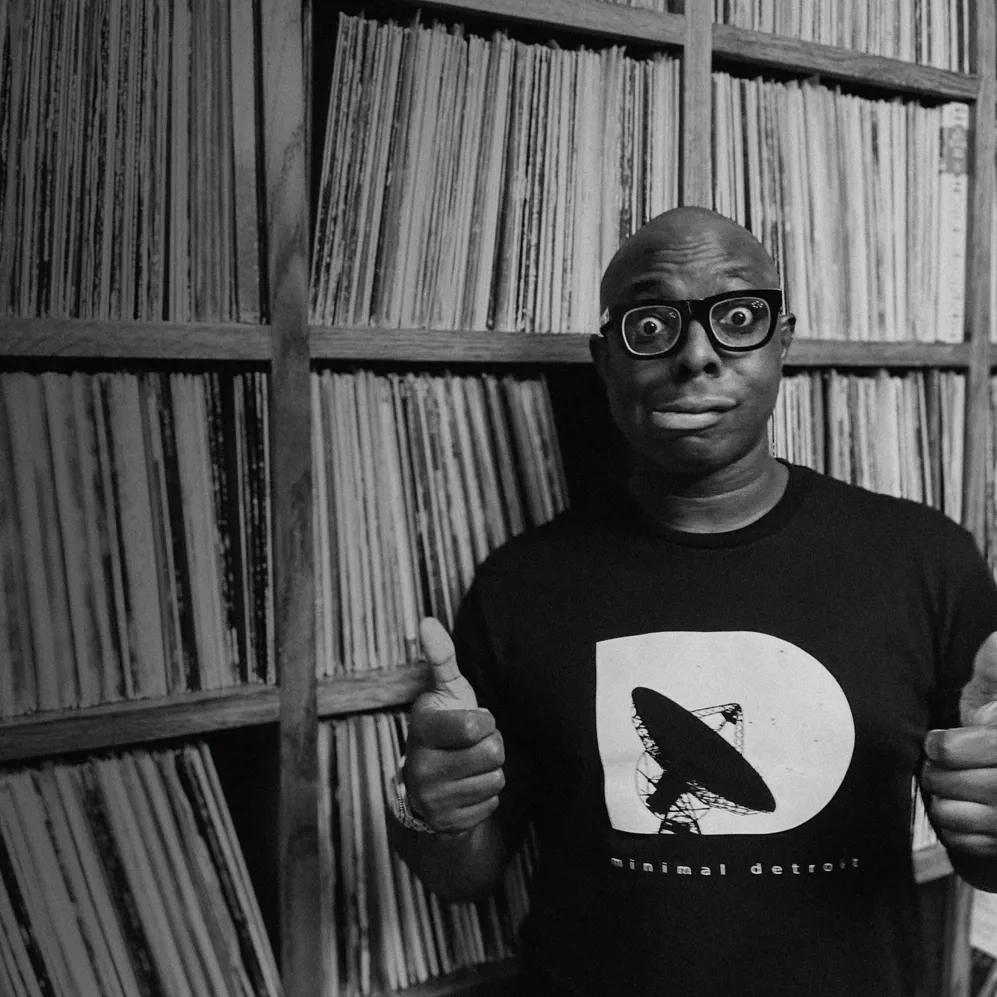
Words Thomas OsmondDate 04 December 2020
Such a stratospheric knowledge of NYC's music scene only comes from having one’s feet firmly planted on its dancefloors, music stores, and record label office floors. Jamal Dixon started off focused on a role in talent recruitment at a record label but fell accidentally into DJing. He’s now a stalwart in a city of come-and-go artists who represents the scene’s democratic foundations.
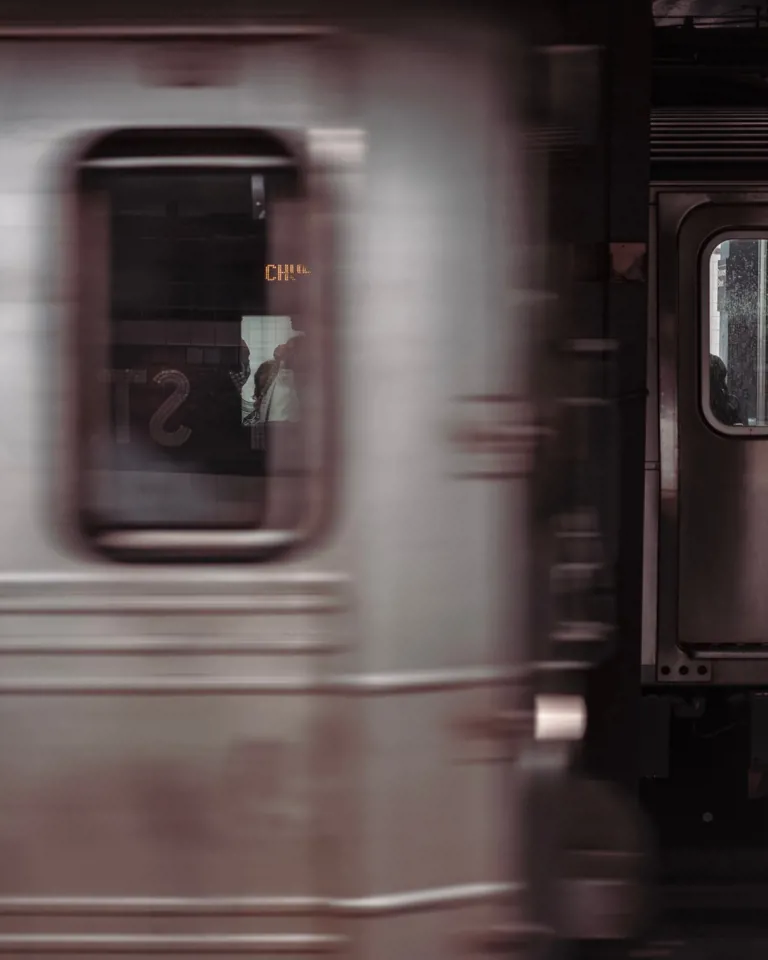
My parents had a boom box in the basement where I grew up in Newark, and I would just be down there all night recording off the radio. Tony Humphries was DJing on the radio back then, and he was part of the culture in the post-disco era. You had WBLS Radio, Kiss FM, and then Hot 97 came a bit later in maybe 1989. Those were the mainstream radios—I guess it would have been considered urban radio—playing early hip-hop, early house, R&B, and club music. So you’d hear LL Cool J and Big Daddy Kane, stuff like that, particularly on Kool DJ Red Alert’s late night stuff. I did that for hours. My biological father was also a jazz musician, and he exposed me to a lot of music. I wanted to play a brass instrument but I had asthma, and back in the '80s they thought that would be detrimental to my health. They didn’t know it was actually a beneficial lung workout. So I didn’t play piano out of rebellion! Anyway, the radio stations were the same in NYC and Newark, and the demographics are also just the same—it was blacks, Puerto Ricans, whites, Jews, a real mix. So you could walk around anywhere and hear salsa, merengue, and all types of music. And when I was around 13, I started going to the city by myself.
Definitely. Back in high school, me and my friends would go to this party called The Shelter at Vinyl on Hubert Street, downtown around the Tribeca area. We would go there after school on Friday and listen to house and disco into the early hours. The DJ was this guy named Timmy Regisford and this party was kind of an extension of Paradise Garage, like a second stage of its evolution from King Street SoHo club to an established community. Back in the '70s, the black community, the Latino community, the gay community, the straight community—everyone—would go to this place and just dance. Paradise Garage became legendary and birthed names like Frankie Knuckles, Tony Humphries, and Timmy Regisford. All these people were in this community and went on to do great things. This was before I was born, but it went on through my childhood in the '80s, and I would hear all the influences in everyday life. When we started to go to The Shelter in the '90s, that was an offshoot of that era. People there were older than us, like our aunties or whatever. I was just a teenager, but I felt so safe. The Shelter nights never had any alcohol, and it wasn’t druggie either. There was just such a community there. You could take a nap in the club for two hours, then wake up and carry on dancing.
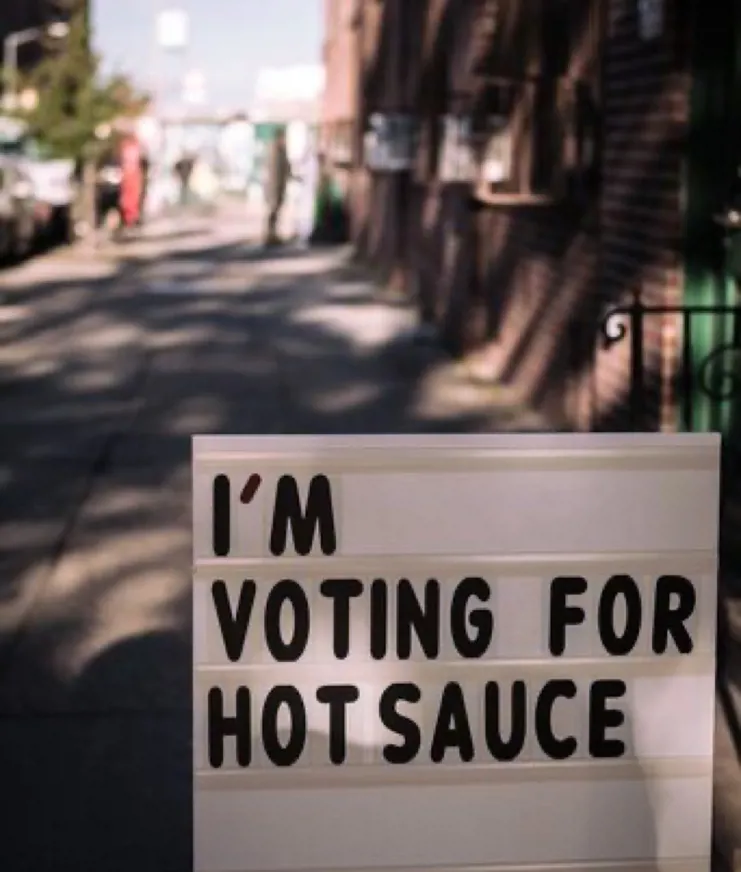
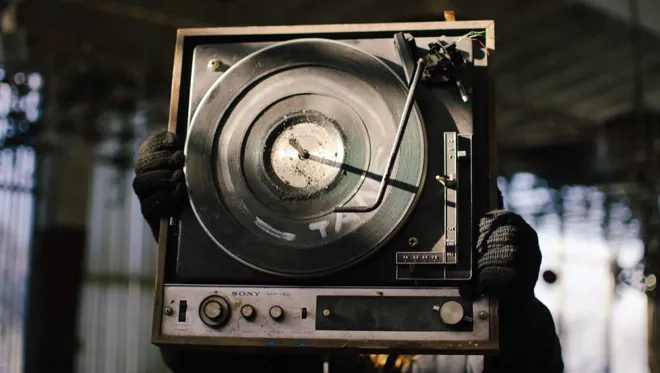
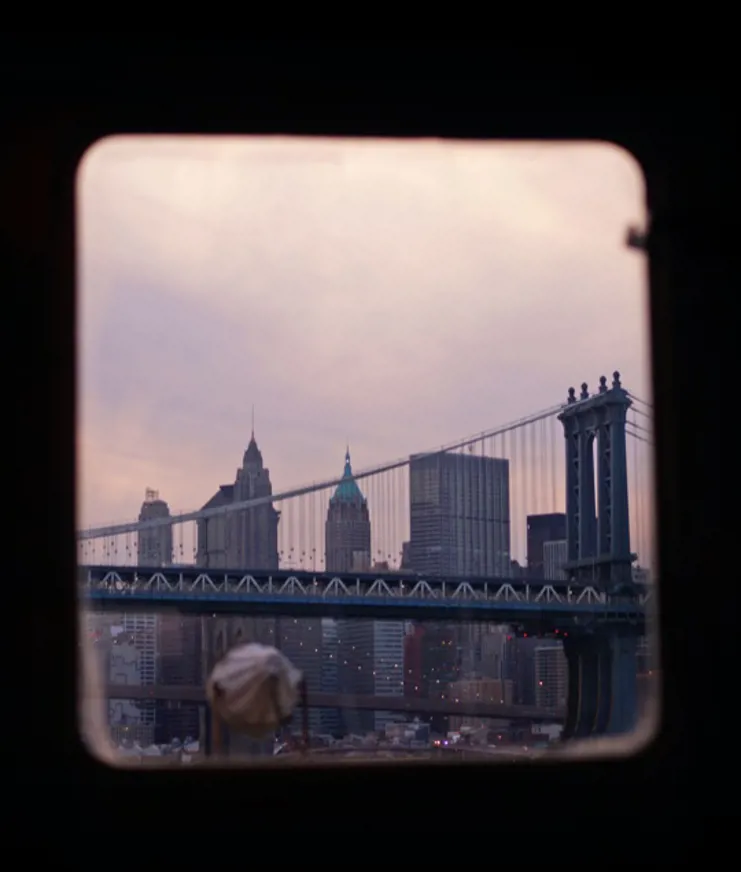
Yeah. I went away to college in Baltimore, and during that era in the '90s, Baltimore club music was big. I used to walk by this music store inside Montdawmin Mall on the way to Coppin State and one of the big Bmore club music DJs from back in the day was working there. There was kind of this whole movement in the 2000s where the underground went mainstream. But it started in the hood in Baltimore when I was there and blew up for a while. Then I came back to New York and did internships and stuff, trying to get into A&R [artist repertoire, a division in the industry focusing on talent recruitment], one of which was at this place called Tunnel, owned by Peter Gatien, who also owned Club USA, The Limelight, and Palladium. He’s got a very colorful history and he was a big name on the NYC nightlife scene. An associate of his, Soren Abraham, took me under his wing and gave me an opportunity to learn. I did a lot of exploring and observing. At some point, I came back to Newark, and me and my boy Shack did our own little after-hours thing. We called our after-hours party The Loft. I had my boy DJ Til on the decks for that one.
At some point, I had to get away from it all so I took myself out and got a barback job at this place called Punch at 913 Broadway in the Flatiron District, where they were about to open a club upstairs called Eau. I made this trip-hop mixtape and gave it to the owner, Will Tracy, and he said, “this is amazing—I want this stuff to be played at my nightclub.” I didn’t even know how to DJ, but he said it doesn’t matter. He gave me a Tuesday or Wednesday night and just told me to play the same kind of music. Mark Ronson and Q-Tip used to do this party upstairs. Not many people knew of Mark Ronson at this time, but I knew Q-Tip. The line for the party was around the corner, there was great music and everyone was having fun, and I thought, “maybe I should get serious about this.” Some of the people I met at these places then asked me to DJ at these swanky lounges and some more underground places. It just snowballed from there.
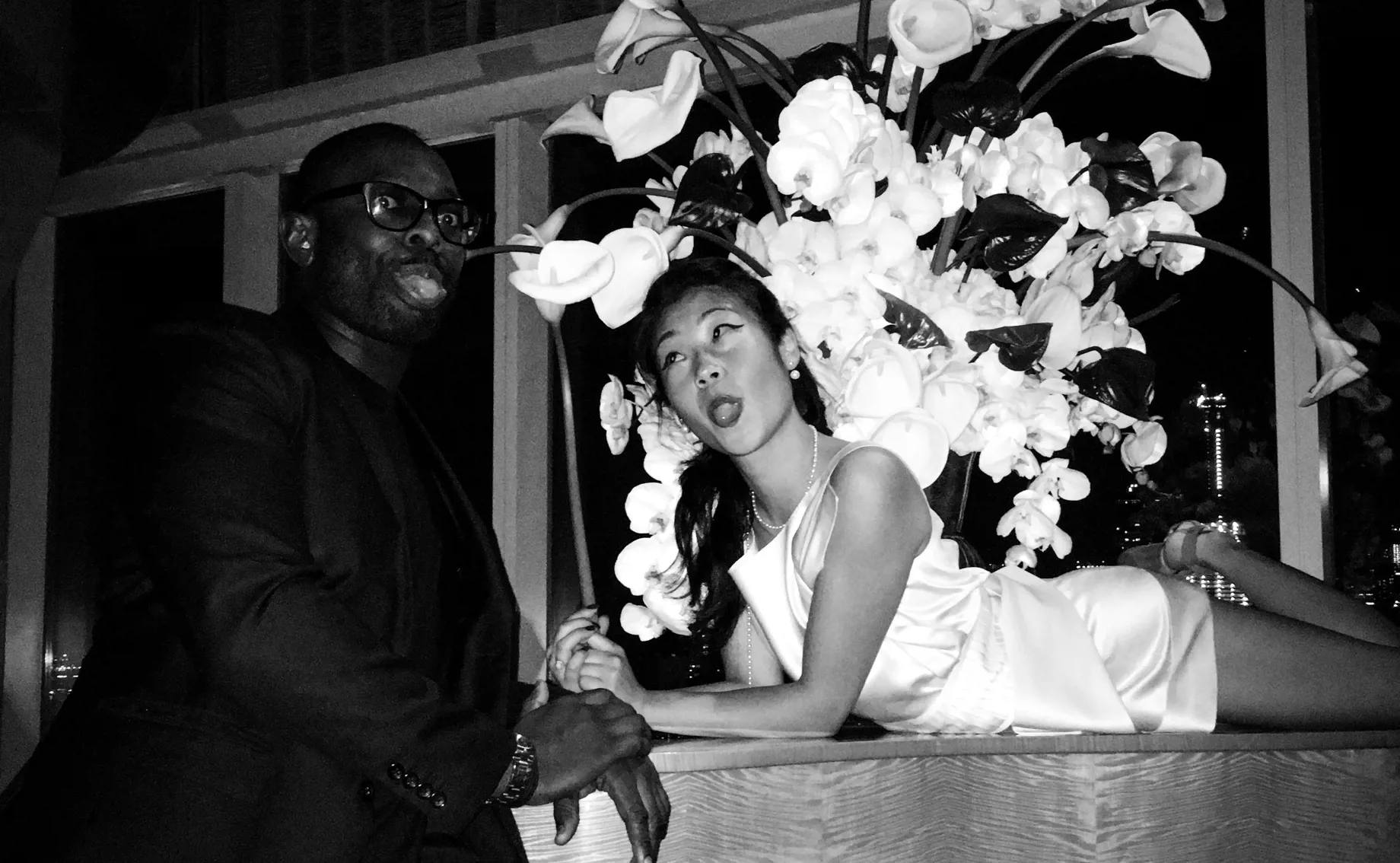
I’ve been a hip hop DJ for most of my career, just to pay the bills, but I would do more fun stuff like house music on the side. And when you play a lot of hip-hop, you bring out a lot of crates of vinyl. It’s hard on your body after a while. I would bring like six crates for a set. But to play house, I would bring a bag. And when the Serato software came out and I could DJ with just a computer, I was like “oh boy, this is the great life.” You can beat-match, juggle, cut, scratch, everything. It made life so much easier. Before that I would have to leave early and take a car service from deep Brooklyn to Manhattan or wherever for 40 dollars each way. You can’t take the train when you’ve got six crates of records. I’ve tried a few times but it was madness. Like, who does this?
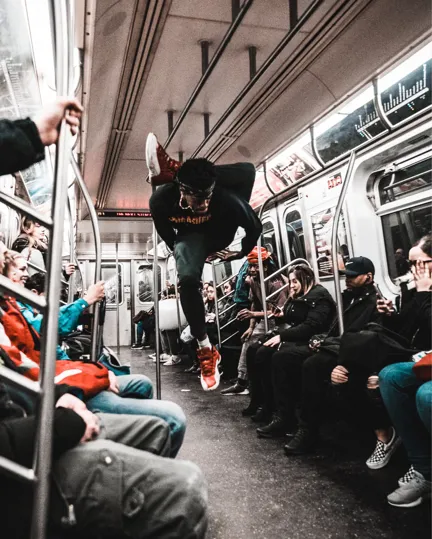
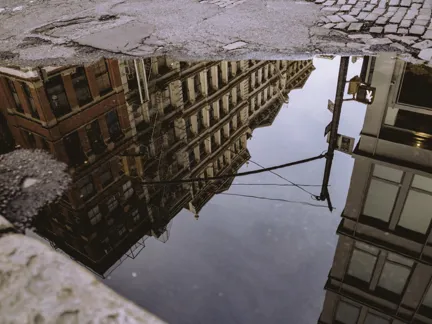
One moment that changed everything was when Rudy Giuliani became mayor in 1994. All the big clubs and medium-size clubs started to close down. He came after them hard. And then there was a vacuum that was filled by these new smaller, more mainstream clubs. This is when bottle service started picking up steam and it started becoming way more homogenous. The music was then more about whatever was going to keep people buying a bottle—like common denominator music. It became more about serving drinks and less about the music. This was mostly in Manhattan though. Brooklyn still had cool little bars going on where they didn’t have to worry about selling a bunch of drinks.
Back then, I’d go to Beat Street in Brooklyn, and Dance Tracks, Fat Beats, and Ethereal in Manhattan, in the East Village. I worked for about seven years at the original Turntable Lab at 120 East 7th Street in East Village. I’d also buy records at Breakbeat Science and A-1 on the Lower East Side; Dubspot in the East Village; Dope Jams on Myrtle Avenue in Brooklyn; and The Thing at Greenpoint. I bought a lot of CDs from Tower Records and the Virgin megastore on Union Square. I think most of these places are closed now, apart from The Thing and A-1. I still go there every once in a while.
Jamal Dixon curated a playlist exclusively for Design Hotels, inspired by 692 Broadway and 4th Street, the bygone address of Tower Records.
Listen and learn more over on Jamal’s own Soundcloud and Instagram.